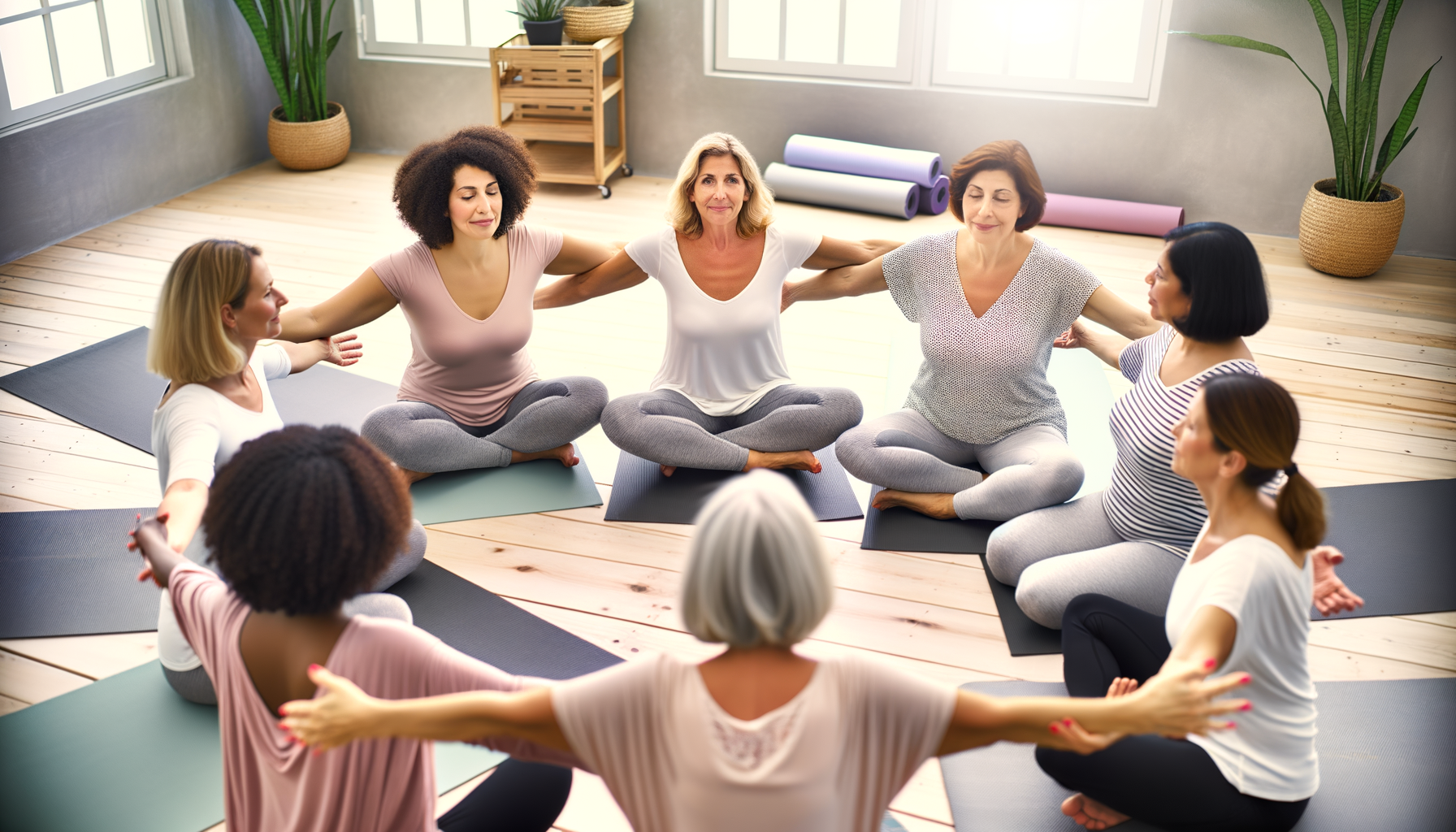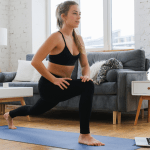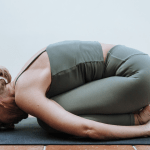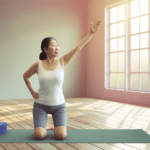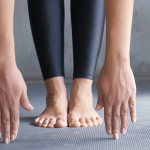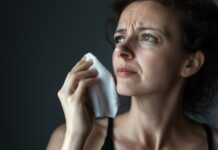Menopause Yoga is a relatively new branch of yoga that has evolved to address the unique needs of individuals going through the menopausal transition. While yoga itself is an ancient practice, the specific application of yoga techniques to alleviate symptoms of menopause is a modern development. This adaptation of yoga practices acknowledges the physical, emotional, and spiritual upheavals that accompany menopause and seeks to offer a holistic approach to managing these changes. Menopause Yoga combines meditative breathing, flexibility, and strength exercises with the wisdom of process theology, creating a ritualistic space to honor the transition from fertility to a new phase of life.
Understanding the Challenges of Menopause
Menopause is not a disease but a natural biological process that marks the end of a person’s menstrual cycles. It is a period of significant change that can span several years, known as perimenopause, leading up to menopause itself. Symptoms can include irregular periods, hot flashes, anxiety, mood swings, sleep disturbances, and a host of other physical and emotional challenges. These symptoms are not pathological but can be disruptive and difficult to manage, especially in a society that often lacks understanding and support for those undergoing this transition. The experience of menopause is deeply personal and varies widely among individuals, influenced by cultural attitudes and personal health.
The Role of Yoga in Alleviating Menopausal Symptoms
Yoga offers a supportive framework for navigating the challenges of menopause. It provides tools for managing anxiety and stress through focused breathing and mindfulness. The physical postures, or asanas, help maintain flexibility and strength, which can be compromised during menopause due to hormonal changes. Yoga’s emphasis on proprioception and interoception enhances a person’s connection to their body, allowing for a deeper understanding and acceptance of the physical and emotional shifts occurring. By integrating the brain with the rest of the body, yoga practice can transform the menopausal experience from one of alienation and discomfort to one of empowerment and self-discovery. The practice of Menopause Yoga, therefore, is not just about managing symptoms but also about embracing the profound transformation that menopause represents.
The Science of Touch and Oxytocin
Oxytocin: The ‘Feel-Good’ Hormone
Oxytocin, often dubbed the ‘feel-good’ hormone, is a powerful neurotransmitter and hormone that plays a crucial role in social bonding, sexual reproduction, childbirth, and the period after childbirth. It is produced in the hypothalamus and released by the pituitary gland, affecting both the brain and the body. Oxytocin is associated with happiness, reducing stress levels, fostering trust, and building stronger social connections. When we hug, kiss, or cuddle, our oxytocin levels increase, enhancing our sense of well-being and emotional bonding. This hormone is also vital in creating the mother-infant bond, as it increases during labor and breastfeeding, facilitating maternal behaviors and attachment.
The Impact of Estrogen on Oxytocin Production
Estrogen, a primary female sex hormone, has a significant influence on the production and action of oxytocin. During various phases of a woman’s life, such as pregnancy, menstruation, and menopause, estrogen levels fluctuate, which in turn can affect oxytocin levels. Estrogen facilitates the effects of oxytocin by increasing the number of oxytocin receptors, enhancing the sensitivity of certain areas in the brain to this hormone. This interplay is particularly evident during the menopausal transition, where declining estrogen levels can lead to a decrease in oxytocin, contributing to mood swings and a reduced sense of well-being.
Academic Research on Oxytocin and Anxiety Reduction
Academic research has delved into the anxiolytic (anxiety-reducing) properties of oxytocin, revealing its potential as a therapeutic agent for treating various anxiety disorders. Studies have shown that oxytocin can alleviate stress and anxiety by reducing the activity of the amygdala, a region of the brain involved in fear responses and emotional processing. Clinical trials have explored the administration of oxytocin via nasal sprays, demonstrating its ability to enhance social interactions, promote positive communication, and decrease anxiety in social settings. These findings underscore the hormone’s potential in not only fostering social bonds but also in therapeutic applications for mental health conditions characterized by social deficits and heightened anxiety.
In conclusion, the science of touch and oxytocin is a testament to the intricate connections between our hormones, emotions, and social interactions. By understanding the roles of oxytocin and estrogen, and the promising research on oxytocin’s anxiolytic effects, we can appreciate the profound impact that these hormones have on our mental and emotional well-being. The power of touch, facilitated by oxytocin, is a fundamental human experience that nurtures our relationships and supports our psychological health.
Yoga and Anxiety Reduction
The Connection Between Yoga and Mental Health
Yoga, an ancient practice with a rich history of promoting physical and mental well-being, has been increasingly recognized for its beneficial effects on mental health. The practice of yoga encompasses a variety of techniques, including physical postures (asanas), controlled breathing (pranayama), and meditation, which together can create a harmonious balance between the body and mind. For individuals experiencing the tumultuous period of menopause, yoga offers a sanctuary to alleviate stress and anxiety. The gentle movements and focused breathing inherent in yoga practice activate the parasympathetic nervous system, leading to a state of relaxation and a reduction in stress hormones. This calming effect can be particularly therapeutic for menopausal women, who often report heightened levels of anxiety and mood swings due to hormonal changes.
Creating a Supportive Community Through Yoga
Menopause Yoga, a specialized form of yoga, not only addresses the physical and emotional challenges of menopause but also fosters a sense of community among its practitioners. By participating in yoga classes tailored to their needs, women find a supportive environment where they can share experiences and strategies for coping with menopausal symptoms. This sense of belonging and mutual support is invaluable, as it combats feelings of isolation and fosters a collective strength that empowers each member. The community aspect of Menopause Yoga is a testament to the power of shared experiences and the comfort found in knowing one is not alone on this journey.
The Oxytocin Hug: A Menopause Yoga Technique
One innovative technique within Menopause Yoga is the “Oxytocin Hug,” designed to simulate the effects of human touch and connection, which are known to release oxytocin, the “feel-good” hormone. This self-administered hug involves warming the hands through friction, extending the arms as if embracing a fellow classmate, and then gently stroking the sides of one’s own arms. This action can trigger the release of oxytocin, leading to a sensation of warmth and well-being. While the Oxytocin Hug was initially practiced in physical proximity, it has also been adapted for virtual spaces, where participants report feeling its benefits despite the lack of direct physical contact. This technique underscores the profound impact of touch, whether real or imagined, on our emotional health, and its particular relevance for women navigating the challenges of menopause.
In conclusion, Menopause Yoga serves as a powerful tool for reducing anxiety and fostering mental health during a phase of life that can be fraught with emotional upheaval. Through the combination of physical postures, breathwork, and community support, along with unique practices like the Oxytocin Hug, women can find solace and strength as they transition through menopause.
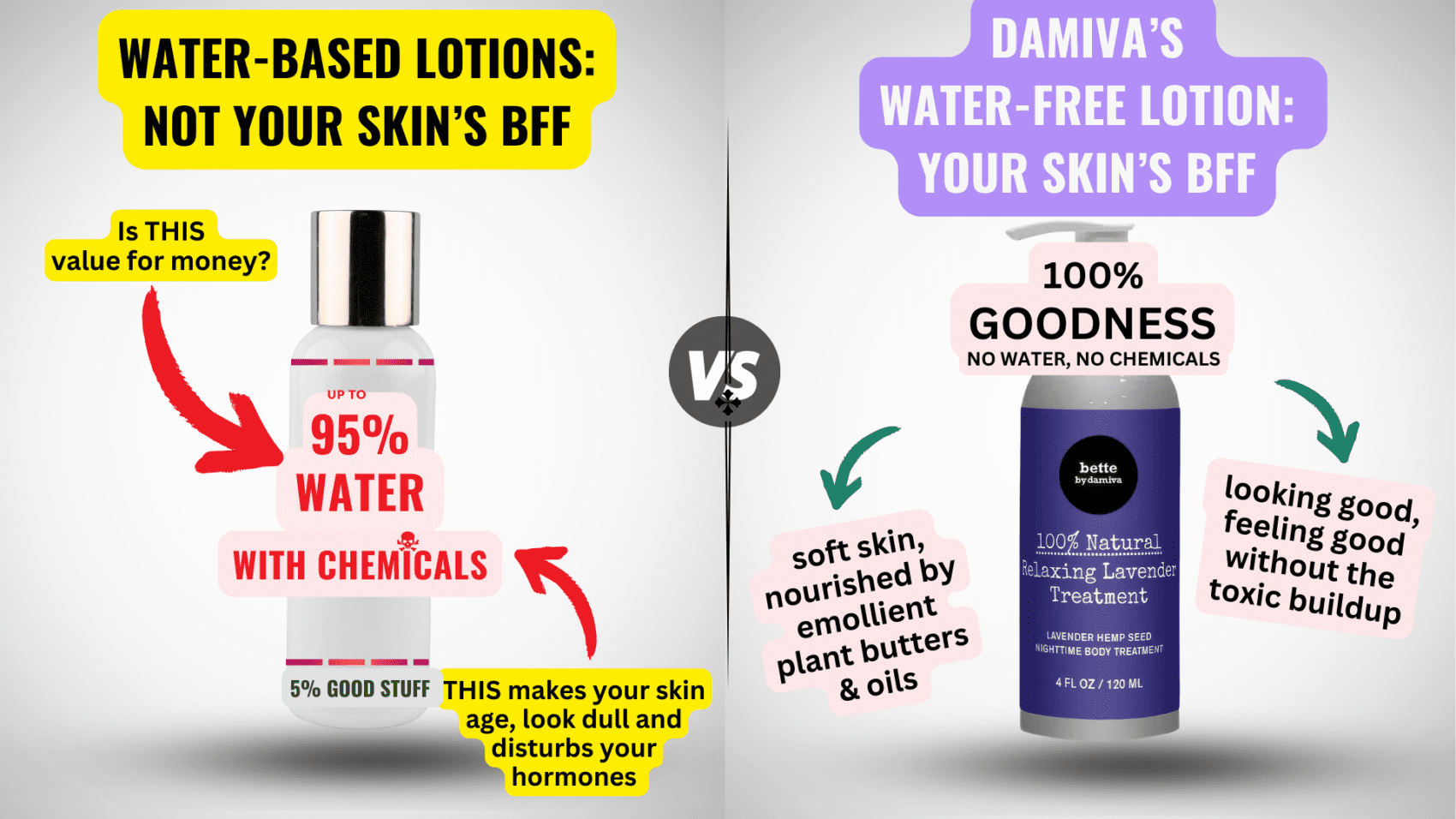
THEN IT CONTAINS TOXIC CHEMICALS. WHY RISK IT GETTING SICK? GO CHEMICAL FREE.
Adapting Menopause Yoga for Virtual Spaces
Challenges and Innovations During the Pandemic
The onset of the COVID-19 pandemic presented unprecedented challenges for the practice of menopause yoga, a discipline that thrives on community and the power of touch. With social distancing measures in place, the traditional yoga studio environment was no longer accessible, and instructors had to pivot quickly to maintain support for their students. Innovations in virtual yoga classes emerged as a necessity. Many yoga teachers began offering online sessions and training, ensuring that the transition to menopause could still be supported through adapted yoga practices. The virtual space, while lacking in physical presence, opened doors to new teaching methods and tools, allowing practitioners to connect from the safety of their homes.
Maintaining Connection and Support Online
One of the most significant hurdles in virtual menopause yoga was preserving the sense of connection and support that is vital for women navigating the challenges of menopause. To address this, many yoga communities took to social media platforms such as Facebook to foster interaction and share resources. Additionally, podcasts emerged that became sources of information and solace, discussing topics like the importance of understanding menopause in yoga practice. Teachers and students alike found new ways to communicate, share experiences, and offer encouragement through online forums, live-streamed classes, and digital workshops.
The Virtual Oxytocin Hug Experience
Central to menopause yoga is the concept of the “oxytocin hug,” a technique designed to increase levels of the ‘feel-good’ hormone oxytocin, which is known for its role in reducing anxiety and fostering connection. In the virtual realm, this technique had to be reimagined. Yoga instructors introduced guided practices that encouraged self-soothing touch, such as gentle self-massage or hugging oneself during specific poses. These practices aimed to stimulate oxytocin production and provide comfort, even in the absence of another’s touch. Additionally, the collective experience of a group practicing these techniques together online helped to create a virtual sense of togetherness and mutual support, offering a new dimension to the oxytocin hug experience.
Through these adaptations, menopause yoga has continued to thrive in virtual spaces, proving that even when apart, the power of touch and the strength of community can be harnessed to support women through the transformative journey of menopause.
Do you know the three main ways that your body gets in touch with harmful chemicals with everyday products? Knowledge is Power!
The Ultimate Detox Guide will tell you how to lower your exposure to harmful chemicals!

The Importance of Human Touch
Touch Starvation and Its Psychological Impact
Touch starvation, also known as touch deprivation or skin hunger, occurs when a person experiences little to no physical contact with others. This condition can lead to profound psychological and physiological repercussions. The human need for touch is deeply ingrained; it is one of the first senses to develop in the womb and remains a critical aspect of human development and bonding throughout life. When deprived of touch, individuals may suffer from heightened stress, anxiety, and depression. The body’s response to this deprivation includes an increase in cortisol production, which can elevate heart rate, blood pressure, and muscle tension, negatively impacting the immune and digestive systems. This can lead to a cascade of health issues, including poor sleep quality and a higher risk of infections.
The Physiological Benefits of Physical Touch
- Promotes well-being: Pleasant physical touch, such as hugging, releases oxytocin, often referred to as the “bonding hormone” or the “love hormone,” which fosters feelings of trust, relaxation, and psychological stability.
- Reduces stress: Physical touch lowers cortisol levels, mitigating the body’s stress response.
- Boosts the immune system: Studies have shown that touch can enhance immune function and improve recovery times from certain illnesses.
- Improves heart health: Touch has been associated with lower blood pressure and improved cardiovascular health.
- Alleviates pain: Touch can reduce perceptions of pain, particularly in cases of chronic conditions such as arthritis.
The Role of Touch in Human Development and Bonding
From the moment of birth, touch plays a vital role in human development. Newborns are often placed in skin-to-skin contact with their mothers to promote bonding and healthy development. This early interaction sets the stage for a lifetime of touch as a means of communication, connection, and reassurance. In children and adults alike, touch is integral to forming and maintaining social bonds and relationships. It is a nonverbal language that conveys care, affection, and safety. The absence of touch can lead to feelings of isolation and loneliness, while its presence can reinforce social bonds and a sense of belonging.
In conclusion, the power of human touch cannot be overstated. It is a fundamental human need that is essential for both psychological well-being and physical health. As society navigates challenges that may limit physical interaction, such as during the COVID-19 pandemic, it becomes even more crucial to find alternative ways to incorporate the benefits of touch into our lives, whether through self-soothing techniques or virtual methods that foster a sense of connection.
By the way, something for you, a little gift!!!
I am just in the middle of publishing my book. It’s about How women can balance their hormones. One part is about food and diet, of course.
Follow this link and enter your email.
I will send you this part of the book for free once the book is published. It has many concrete, practical tips and recipes and will help you feel better during menopause or times of Big hormonal fluctuations.
Annette, Damiva Lead for Health & Wellness

Self-Soothing Techniques
Alternatives to Physical Touch During Isolation
Isolation, whether due to a global pandemic or personal circumstances, can lead to a lack of physical touch that is essential for emotional and physical well-being. In the absence of human contact, there are several methods to stimulate the same comforting effects that touch provides. Engaging in activities such as wrapping oneself in a warm blanket, taking a hot bath, or even petting an animal can offer a sense of comfort and security. Additionally, visualization techniques, where one imagines receiving a hug or being in a comforting environment, can also trigger a positive emotional response.
Self-Soothing Touch and Its Effects on Stress
Self-soothing touch is a powerful tool for managing stress and anxiety. Simple gestures like placing a hand over the heart, massaging the temples, or gently stroking the arms can activate the body’s relaxation response. These actions can stimulate the production of oxytocin, often referred to as the ‘cuddle hormone,’ which promotes feelings of calmness and reduces stress hormones like cortisol. The act of self-touch can serve as a reminder that we are capable of providing ourselves with comfort and care, especially during times when external sources of reassurance are limited.
Practical Self-Soothing Exercises
- Palms Rubbing: Vigorously rub the palms together until warmth is generated, then place them over closed eyes or on the face to feel the soothing heat.
- Butterfly Hug: Cross your arms over your chest, with hands resting on the opposite shoulders, and gently tap each shoulder alternately. This mimics the bilateral stimulation that can be calming and grounding.
- Self-Hug: Wrap your arms around your body, squeezing gently, and rock side to side. This can replicate the reassurance of being held.
- Progressive Muscle Relaxation: Tense and then relax each muscle group in the body, starting from the toes and moving upwards. This helps release physical tension and induces relaxation.
- Guided Imagery: Listen to a guided visualization that encourages you to imagine a safe, peaceful place or experience being lovingly touched or embraced.
These self-soothing techniques can be incorporated into daily routines or used as needed to manage stress and anxiety, providing a sense of peace and self-compassion during challenging times.

From unhappy, dry, and sandpaper to silky, smooth and feeling good. That’s Cleo. Cleo is a 100% natural labial balm to moisture and soothe “your other lips”. Cleo is chemical-free, water-free, pH optimized and helps maintain and restore your delicate labial skin’s natural flora. Ideal for daily use or as needed. Get the most silky, lovable lips ever.
Conclusion and Practical Application
Incorporating the Oxytocin Hug into Daily Life
The practice of Menopause Yoga, with its emphasis on the “Oxytocin Hug,” can be seamlessly integrated into daily life to foster well-being during the menopausal transition. This technique, which involves self-embrace or the act of hugging, stimulates the release of oxytocin, often referred to as the “feel-good” hormone. To incorporate this into a daily routine, one might begin or end the day with a self-hug, taking deep, mindful breaths and focusing on feelings of self-compassion and comfort. Additionally, participants can engage in partner yoga or group classes where mutual support and touch are part of the practice, further enhancing the sense of connection and oxytocin release.
The Future of Menopause Yoga and Virtual Classes
The future of Menopause Yoga, particularly in virtual spaces, looks promising. The pandemic has shown that the need for adaptability in delivering wellness practices is paramount. Virtual classes have the potential to reach a wider audience, providing access to those who may not have the means or ability to attend in-person sessions. Innovations in technology can facilitate virtual “touch” experiences through synchronized movements and shared intentions, simulating the communal aspects of a traditional class. As the world continues to embrace digital platforms, Menopause Yoga instructors can harness creative tools to maintain the essence of touch and connection in a virtual environment.
Final Thoughts on Touch, Connection, and Menopause
Touch and connection play a critical role in navigating the complexities of menopause. The power of touch, whether through self-soothing techniques or interpersonal interactions, can alleviate some of the emotional and physical challenges associated with this life stage. Menopause Yoga, with its focus on the Oxytocin Hug and other touch-based practices, offers a holistic approach to managing symptoms and fostering a supportive community. As we look to the future, it is essential to continue exploring and valuing these elements, ensuring that individuals transitioning through menopause feel seen, supported, and connected, both in person and through the expanding digital landscape.
